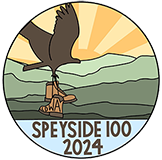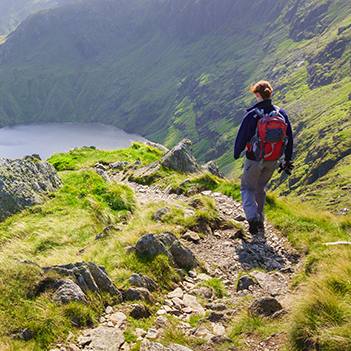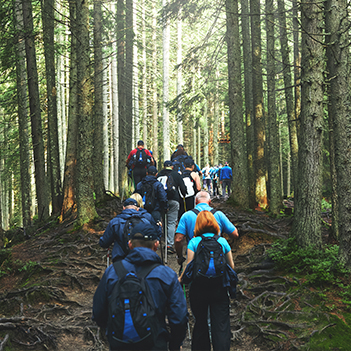Meet the neighbours you may be lucky enough to meet on the walk.
_______________________________________________________
Aspen
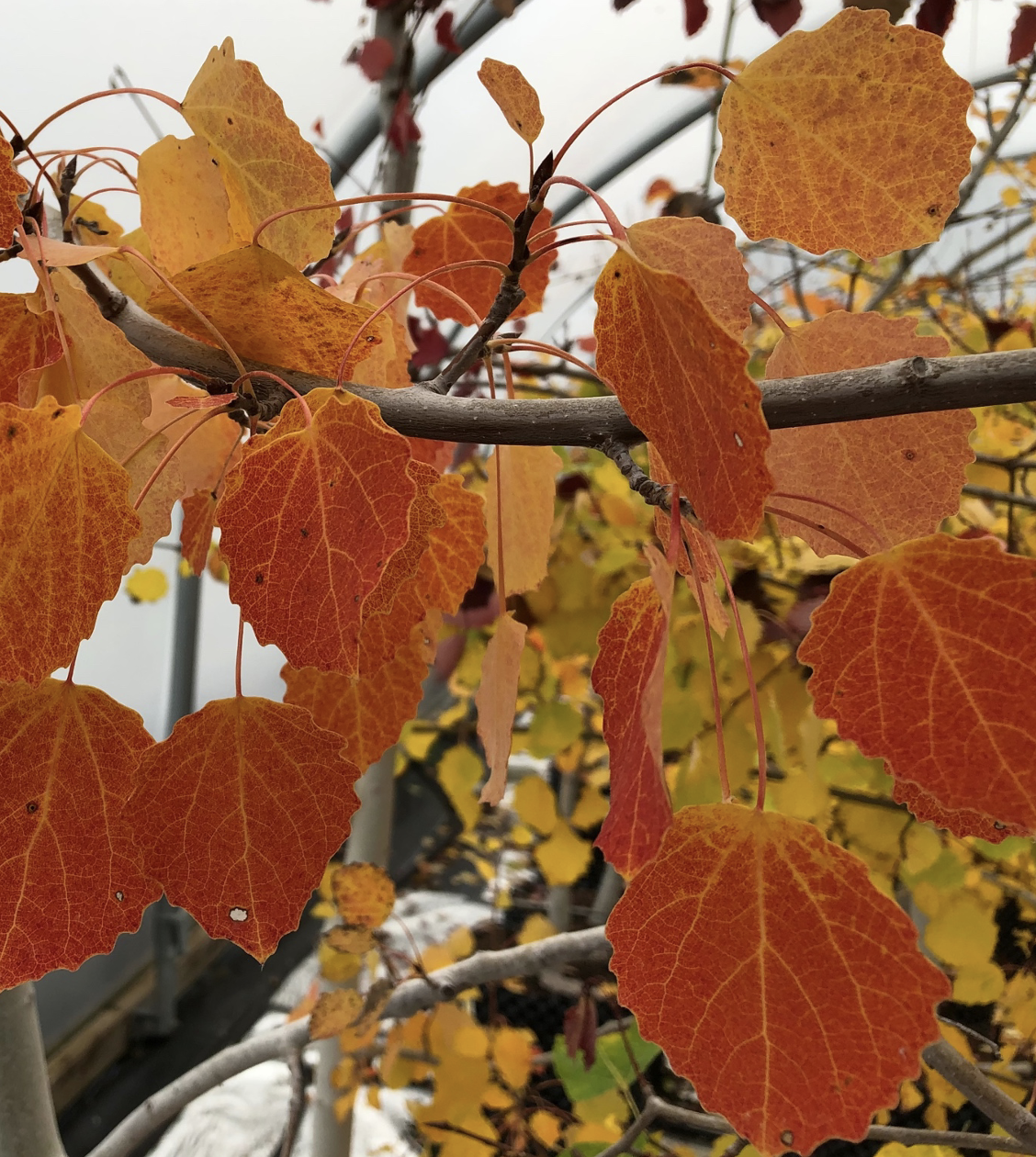
Ah, Aspen. This is truly a beautiful tree, shimmying through summer into the glorious amber and gold of Autumn. According to Trees for Life (https://treesforlife.org.uk/into-the-forest/trees-plants-animals/trees/aspen/aspen-mythology-and-folklore/) the aspen is a tree of heroes (and heroines surely!) – the trembling leaves giving them the power to visit the Underworld and safely return. In Scottish Gaelic, the tree is called critheann (pronounced cree-an),
Dae ye ken … if you were a Celtic warrior, you would wish for a shield made from the light wood of Aspen, a wood which also a popular choice today for oars and paddles.
Return to the list of our neighbours.
_______________________________________________________
Capercaillie
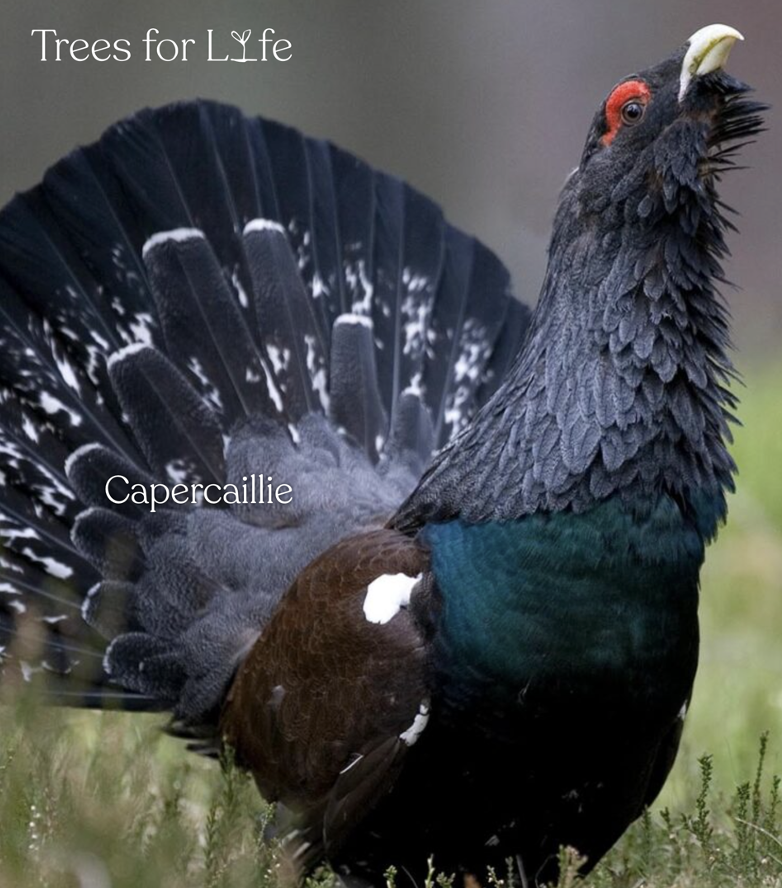
This rare and declining bird is generally only found in native pinewoods – in the winter, they rely on pine trees for food. It is a precious wild bird and is at risk of extinction. The RSPB provides helpful guidance to follow regarding both the capercaillie and black grouse – see https://www.rspb.org.uk/birds-and-wildlife/wildlife-guides/birdwatching/watching-endangered-grouse/
They are a magnificent bird – as shown on this link - https://treesforlife.org.uk/into-the-forest/trees-plants-animals/birds/capercaillie/#:~:text=Her%20barred%20shades%20of%20dark,except%20during%20the%20displaying%20season.
Dae ye ken – their posh name is Tetrao urogallus. In Scottish Gaelic they are called capall coille, meaning “horse of the woodland”. And - there is Scottish band named after them! (https://www.capercaillie.co.uk)
Return to the list of our neighbours.
_______________________________________________________
Cloudberries

These are a bit tricky because they don’t always produce berries. But when they do, people in the Nordic countries love them. So much that Nordic municipalities have strict rules on where, and how much, can be picked. It’s even harder to find them in Britain, despite cloudberries being native to peat-rich moors (apparently there are too many male cloudberries). So if you find a patch of these colourful berries whilst you’re out walking, please let us know. This image of a bowl of cloudberries is from tps://www.scandinaviastandard.com/a-guide-to-cloudberries-all-about-the-norths-most-sought-after-fruit/
Did ye ken … cloudberries are so popular in Finland they appear on Finland’s €2 coin.
Another Did ye ken … in the Grampian Mountains, between Glen Lyon and Glen Lochay is Beinn nan Oighreag (Scottish Gaelic for Hill of the Cloudberries).
Return to the list of our neighbours.
_______________________________________________________
Goldcrest
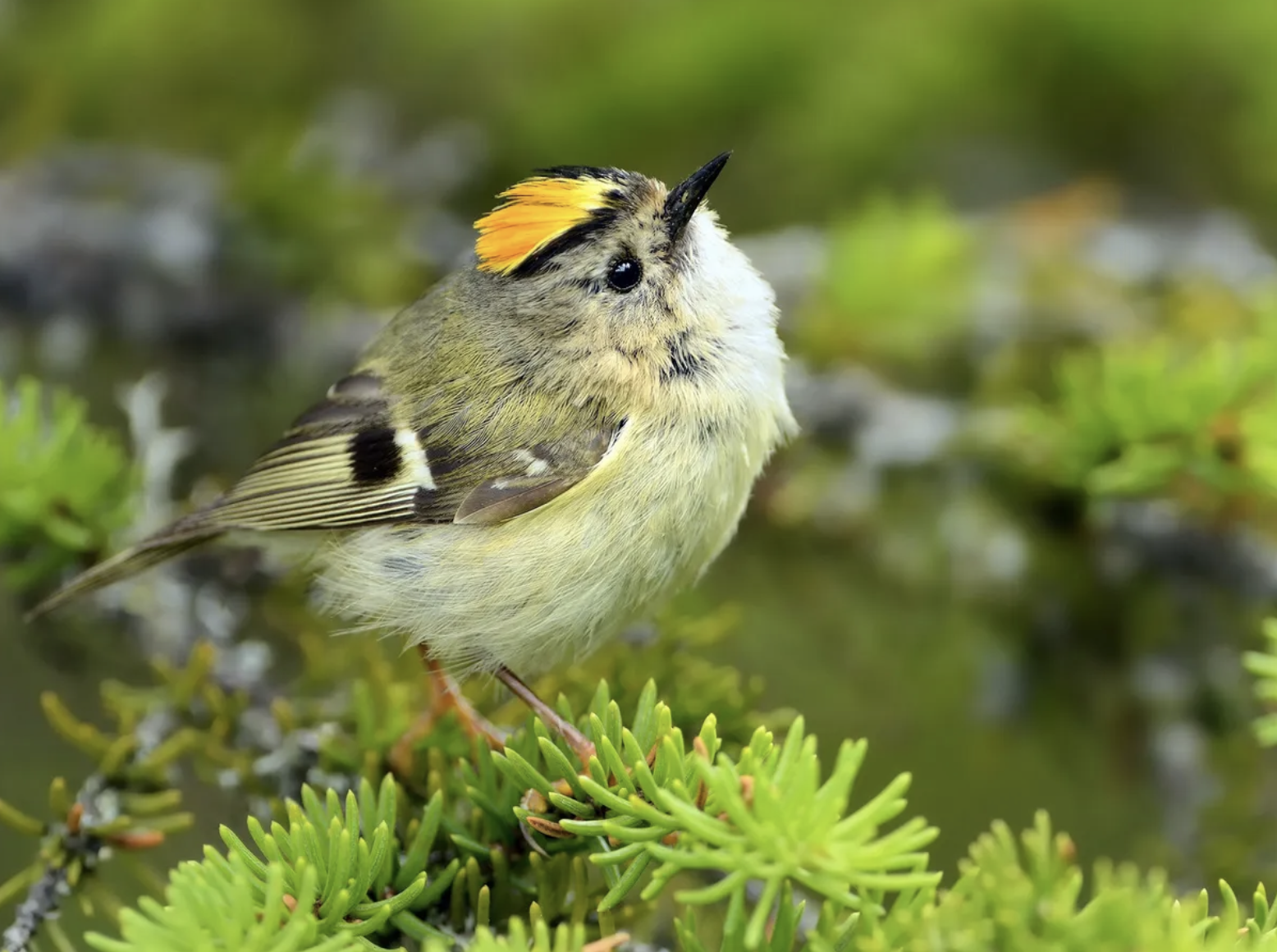
The goldcrest (posh name Regulus regulus) is a very small bird in the kinglet family. They’re tiny (up to 4.5 inches) and weigh in at an impressive 6-8 grams (0.21 - 0.28 inches in old money). Perhaps a bit difficult to spot on your walk … So just in case they don't make an appearance, this beautiful image is from https://birdfact.com/birds/goldcrest. You can click here to listen to a song audio on the RSPB web site https://www.rspb.org.uk/birds-and-wildlife/wildlife-guides/bird-a-z/goldcrest/
Did ye ken … there’s a short story how a little bird found shelter in a pine tree (you can hear it at https://www.tobarandualchais.co.uk/track/36715?l=en)
Return to the list of our neighbours.
_______________________________________________________
Golden Eagle
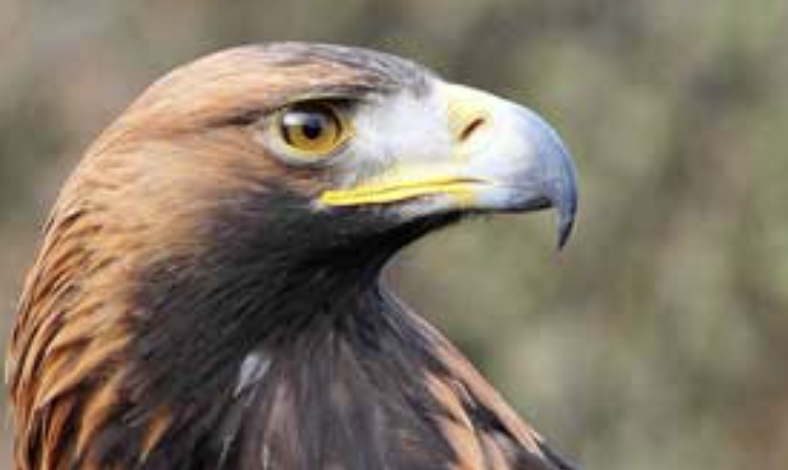
https://cairngorms.co.uk/discover-explore/wildlife/golden-eagle/
This is one fierce looking and majestic bird of prey, weighing in at up to 5 kg and with a wingspan which can be more than 2 metres (6 foot, 6 inches in old money). There are no eagle ‘hot spots’ – and the location of their eyries (nests) are secret – but if you’re lucky you might see this magnificent bird hitching a ride on the thermals. Most of the Cairngorms have been declared as an area of European importance for the golden eagle.
Did ye ken … the Scottish Gaelic name for the golden eagle is iolair-bhuidhe. There are a lot of outcrops and crags with names which include ‘iolaire’ – indicating they were once a place of eagles.
Return to the list of our neighbours.
_______________________________________________________
Haggis

It's not really a fierce beastie (the Scottish midge probably takes that prize). However, the magical, mythical, mysterious haggis does have an experience all of it's very own, and if you should choose to do so, you can visit the Haggis Experience at Kelvingrove Museum, Glasgow. Perhaps not surprisingly, Scottish Gaelic has a phrase - 'chan eil agam air a bhith a' sealg thaigeisean' - which, translated, means you can't be bothered to hunt for haggis.
Did ye ken ... you will be very unlikely to meet a real haggis during the Speyside 100 event (if you do, please let us know at the next Checkpoint so we can inform the authorities). Vegetarian versions of the edible haggis version are available.
Return to the list of our neighbours.
__________________________________________________________
Osprey
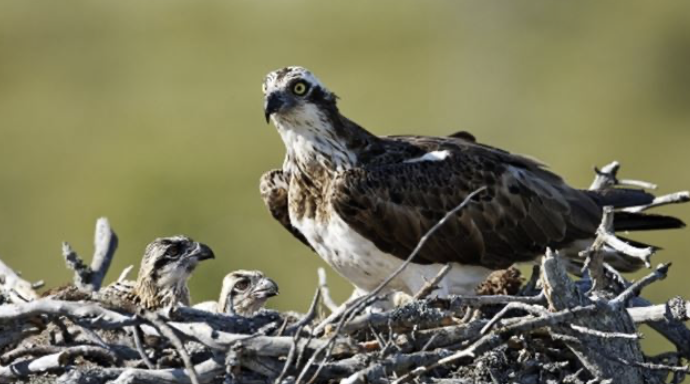
What a magnificent traveller! After being persecuted to almost extinction it took many decades before Osprey returned to Scotland at Loch Garten in 1954. They are known as iolair-iasgaich in Scottish Gaelic, and possibly fish hawk in Scots, and are seasonal visitors to Scotland. You can learn more from the Scottish Raptor Study Group, and this image is from the RSPB Loch Garten, Abernethy web site, where you can also access a live web cam of the nest and it's occupants if they're 'at home' (note - it can sound a bit windy as their home is high up in a tree, so you may wish to turn down the sound on your electronic device). On 23rd June 2023, two young Osprey chicks plus parent could be seen on the nest.
Did ye ken that osprey are found on every continent except Antarctica?
Return to the list of our neighbours.
__________________________________________________________
Pine Marten
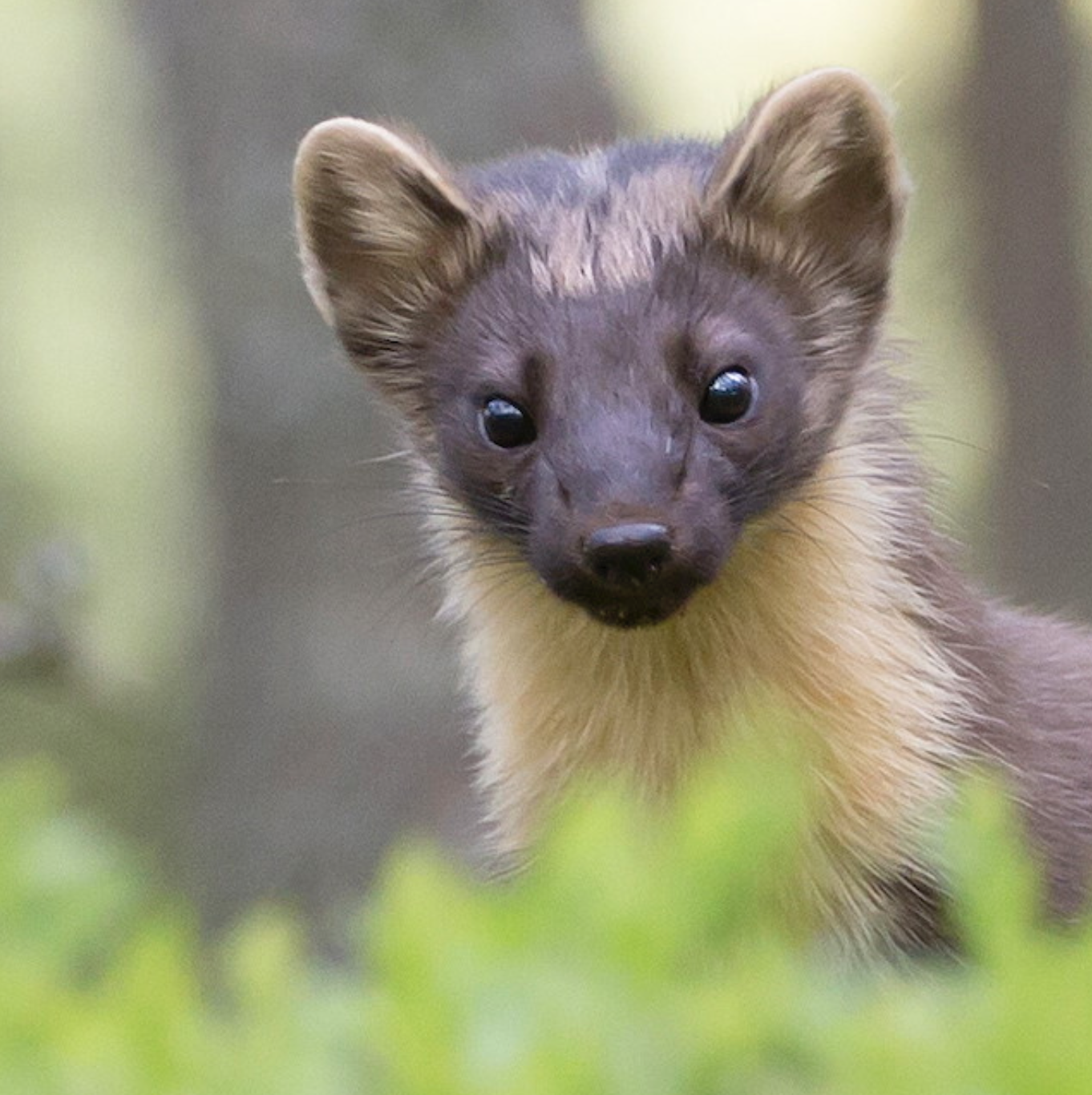
Strictly speaking, that should be the European Pine Marten (Martes martes). This stunning picture is from Scotland The Big Picture, who are based near Kincraig (scotlandbigpicture.com/rewilding-experiences). Once persecuted and for many years only found in north west Scotland the Pine Marten has managed to recover and spread around Scotland - but they are still the second rarest mammal in Britain. They’re a doughty wee creature of the woods (doughty is from an Old English word meaning ‘strong, valiant’). Published studies show Pine Martens might be helping red squirrel recovery (https://forestryandland.gov.scot/news-releases/pine-martens-drafted-in-to-fight-grey-squirrel-incursion)
Did ye ken … the collective noun for Pine Martens is ‘a richness of Martens’.
Return to the list of our neighbours.
__________________________________________________________
Ptarmigan

https://www.rspb.org.uk/birds-and-wildlife/wildlife-guides/bird-a-z/ptarmigan/
They’re grouse … but not as we know them. The ptarmigan (posh name Lagopus muta) does belong in the Grouse bird family – but in the winter switches from a white belly and wings to being entirely white. Like the snow bunting, they love the winter. So much that they only breed in the highest mountains of Scotland, where the landscape is a bit like the tundra.
Did ye ken … the Scottish Gaelic name for ptarmigan is tarmachan. In addition to the Ptarmigan Restaurant near the top of Cairngorm (currently closed but due to re-open Winter 2022 - https://www.visitcairngorms.com/listing/2202/the-ptarmigan-restaurant-cairngorm-mountain/) there is also a Tarmachan Café near to Balmoral on the Royal Deeside side of the Cairngorms – easily accessible by road if you’re combining a holiday with your Speyside 100 walk - https://www.tarmachancafe.com)
Return to the list of our neighbours.
__________________________________________________________
Red Squirrel
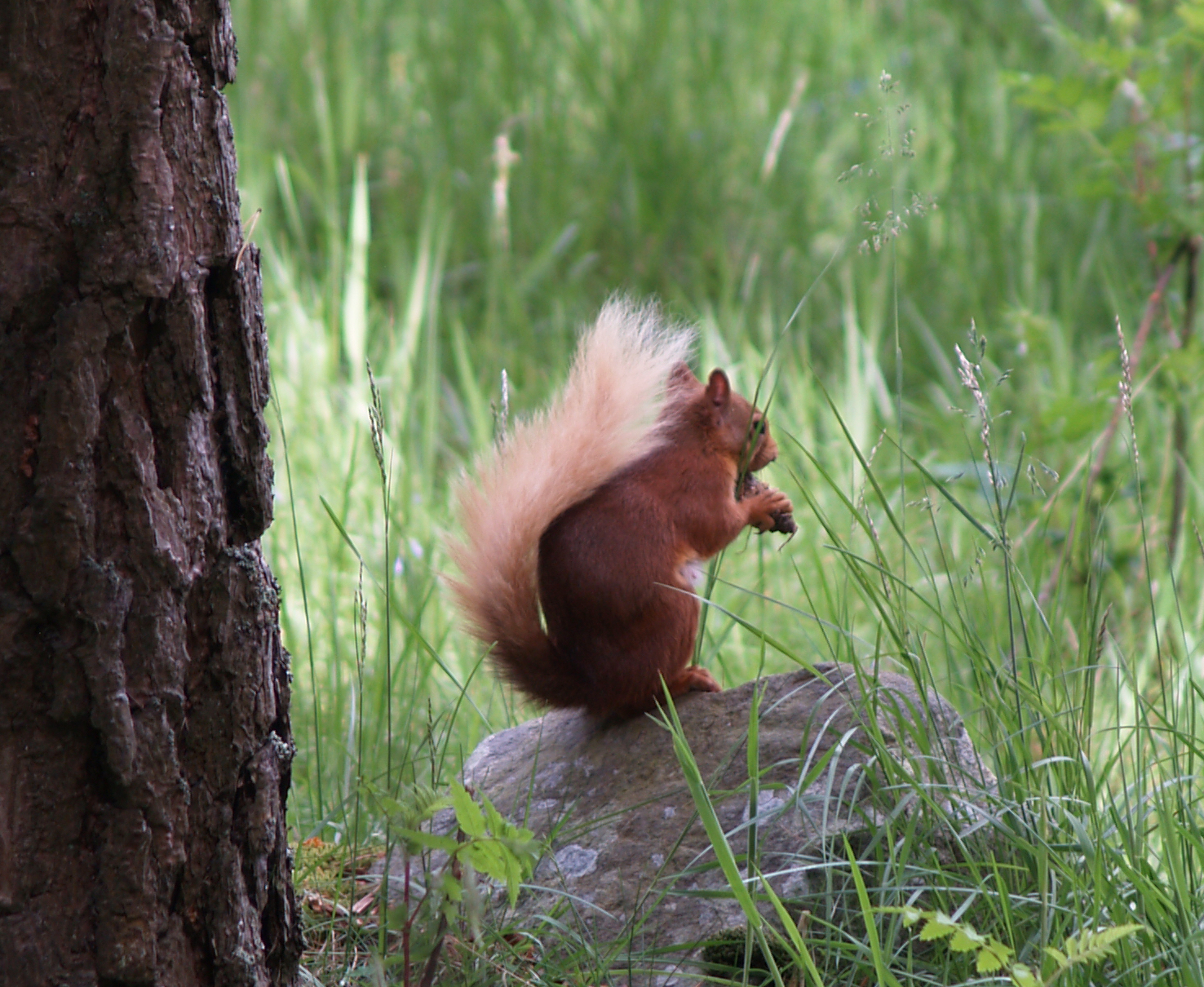
At the edge of a local wood, a red squirrel debates with itself - 'eat now, or squirrel away'? Squirrels are often called scurell in Scots, and in Scottish Gaelic they are known as feòrag-ruadh (ruadh means 'red').
Did ye ken 75% of the UK's remaining red squirrels are found in Scotland, but their numbers are declining, largely due increasing numbers of the non-native grey squirrel. To learn more about Saving Scotland's Red Squirrels, click here.
Return to the list of our neighbours.
________________________________________________________
Reindeer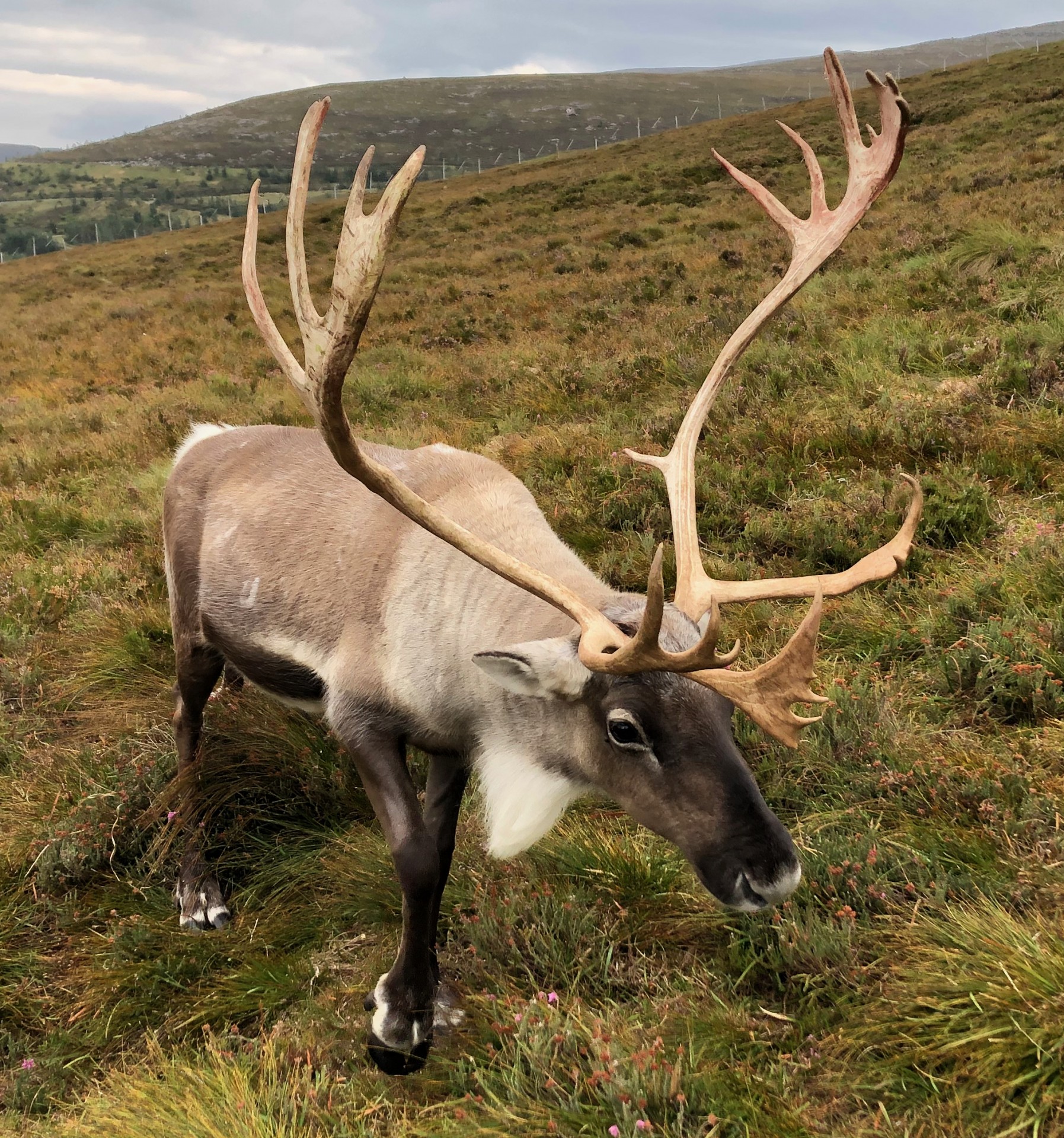
Hello there - did someone say 'Christmas is coming?' and, do you happen to have some tasty reindeer food on you? It's been a hard day on the hill and I'm feeling peckish. Did you know that you can visit me on the hill and feed me - to find out more, click here. Reindeer are known as raindere in Scots, and réin-fhiadh in Scottish Gaelic.
Did ye ken that reindeer have 'clicky' legs - so they can hear each other moving around in snowy or foggy conditions.
Return to the list of our neighbours.
____________________________________________________________
Salmon
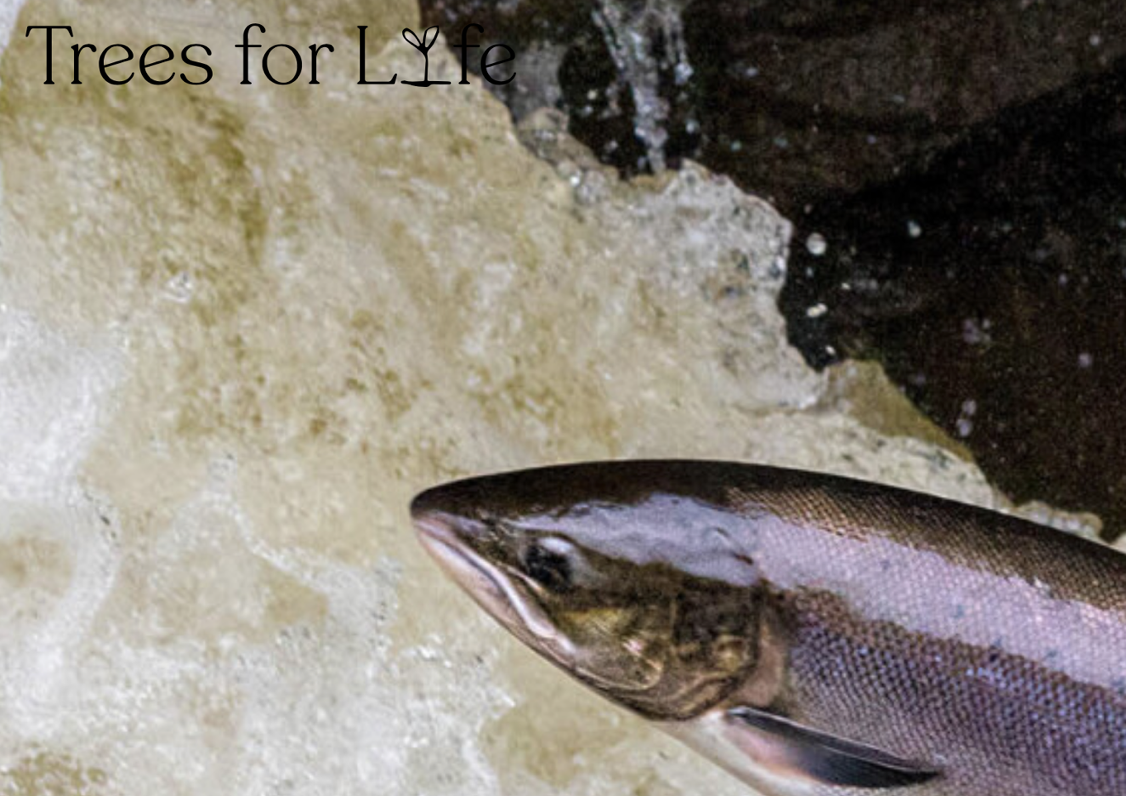
Will salmon fully return to our rivers? Although they’re ‘over the hill’ and in Deeside, the River Dee Trust are hoping so, and are planting trees to help shelter upland waters, giving fish like salmon shady places to spawn in. Mar Lodge Estate – through the Geldie Woodland Project – are planting trees in this important glen that acts as a corridor for wildlife (and people) between Glen Feshie and Deeside. (https://riverdee.org.uk/news/woodland-restoration-project-makes-progress-with-over-100000-trees-planted/)
Atlantic salmon need cold clear water, and organisations like the River Dee Trust, the National Trust for Scotland, and Scotland The Big Picture are working hard to give them a helping hand by bringing trees back into the Cairngorms.
Dae ye ken … In Scottish Gaelic the salmon is called bradan. The Celts associated salmon with wisdom and their life cycle was novelised by Henry Williamson in his book Salar the Salmon.
Return to the list of our neighbours.
____________________________________________________________
Snow Bunting
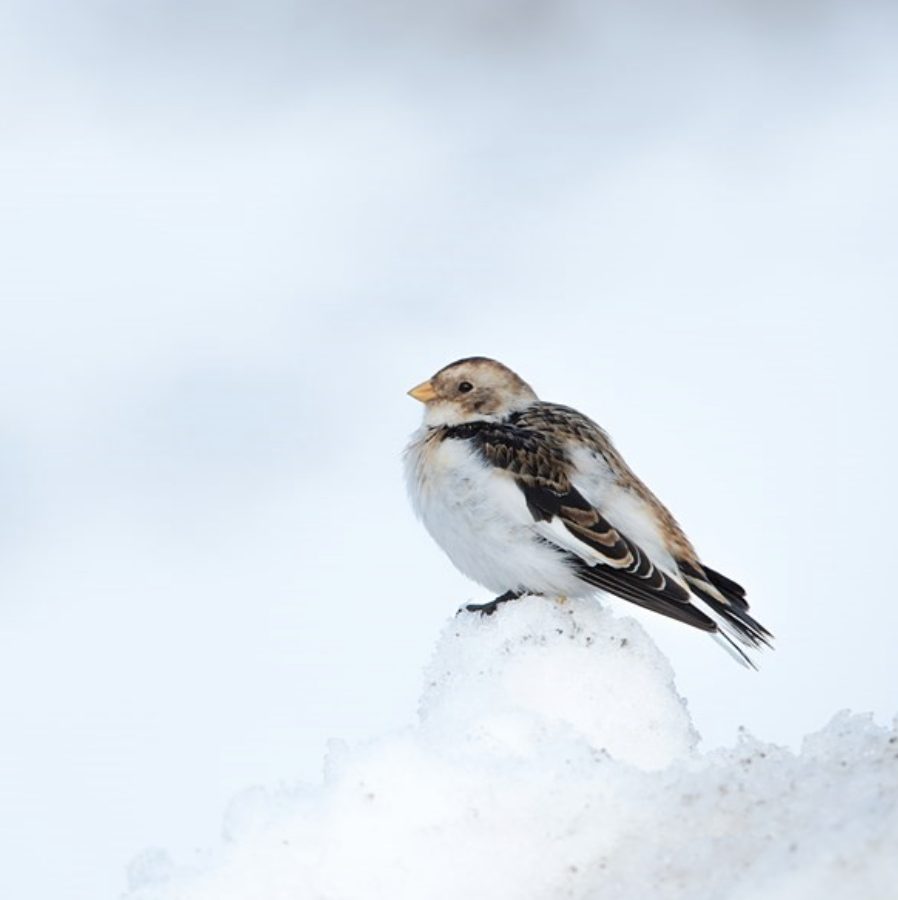
https://community.rspb.org.uk/ourwork/b/scotland/posts/5-facts-about-snow-bunting
Snow buntings love the winter! They are found as far north as Inuit settlements in the Arctic. Here in the UK we have less than 100 breeding pairs in the Cairngorms and Western Highlands. Their numbers increase in the winter with up to 15,000 snow buntings over-wintering in the UK, most often spotted around our coasts. You might be lucky and spot them in the Cairngorm Mountain car park, hunting for crumbs from passing skiers and walkers.
Did ye ken? In Shetland, the snow bunting is known as the Snaa Fuhl (snow fowl).
Return to the list of our neighbours.
_____________________________________________________________
Twinflower
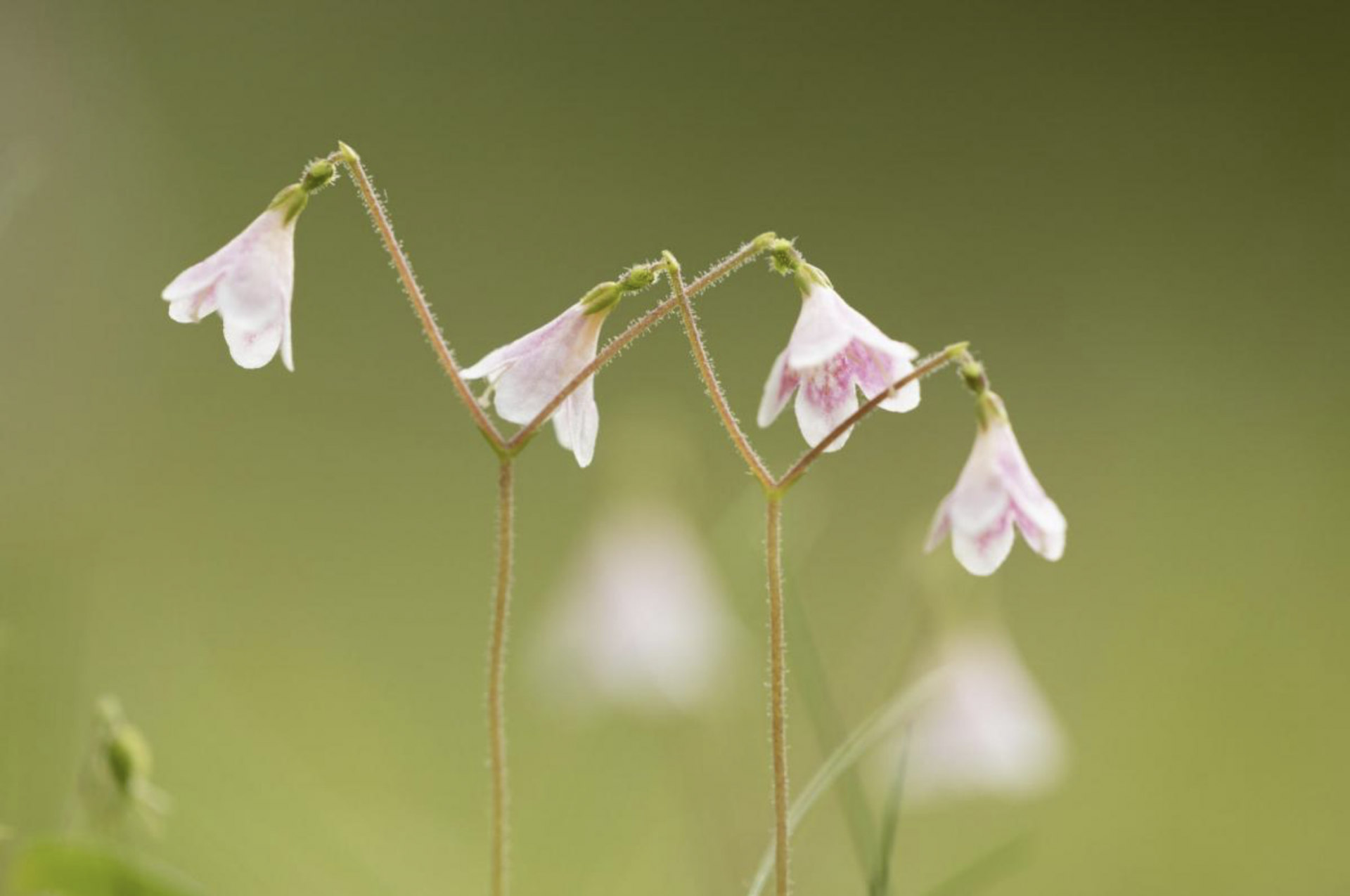
The credit for this beautiful picture of the elusive and beautiful twinflower belongs to scotlandthebigpicture.com. The twinflower (Linnaea borealis) is known as 'lus-Linneus' in Scottish Gaelic and is incredibly rare - more about a project to help the twinflower can be found here.
Did ye ken the twinflower is the national flower of Sweden?
Return to the list of our neighbours.
_________________________________________________________
Wildcat
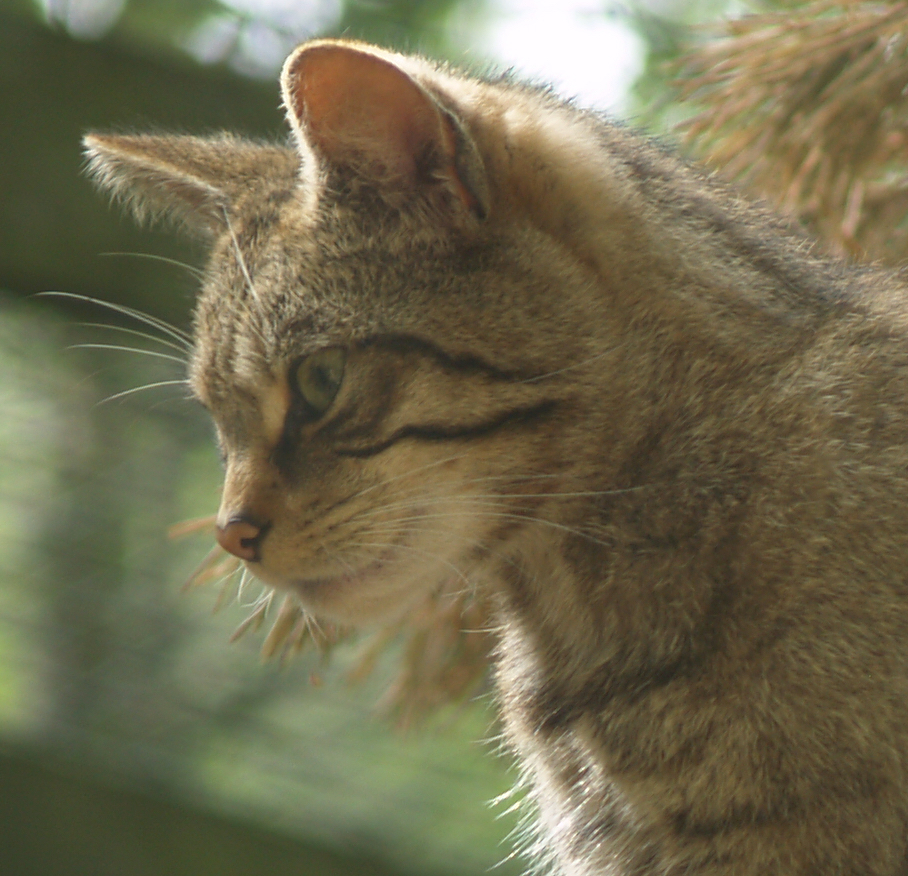
A female wildcat pauses her careful grooming to see what her kittens are doing. Wildcats are also known affectionately as The Highland Tiger, and are called 'wyld cat' in Scots, and 'cat-fiadhaich' in Scottish Gaelic.The wildcat is one our rarest, most threatened mammals - and is on the brink of extinction. You can learn more about this elusive cat here. If you click here, you can learn more from Cairngorms Connect about the 22 wildcats released in June 2023.
Did ye ken Wildcats belong here - they returned to Britain at the end of the last Ice Age, crossing Doggerland before it was inundated by the North Sea.
